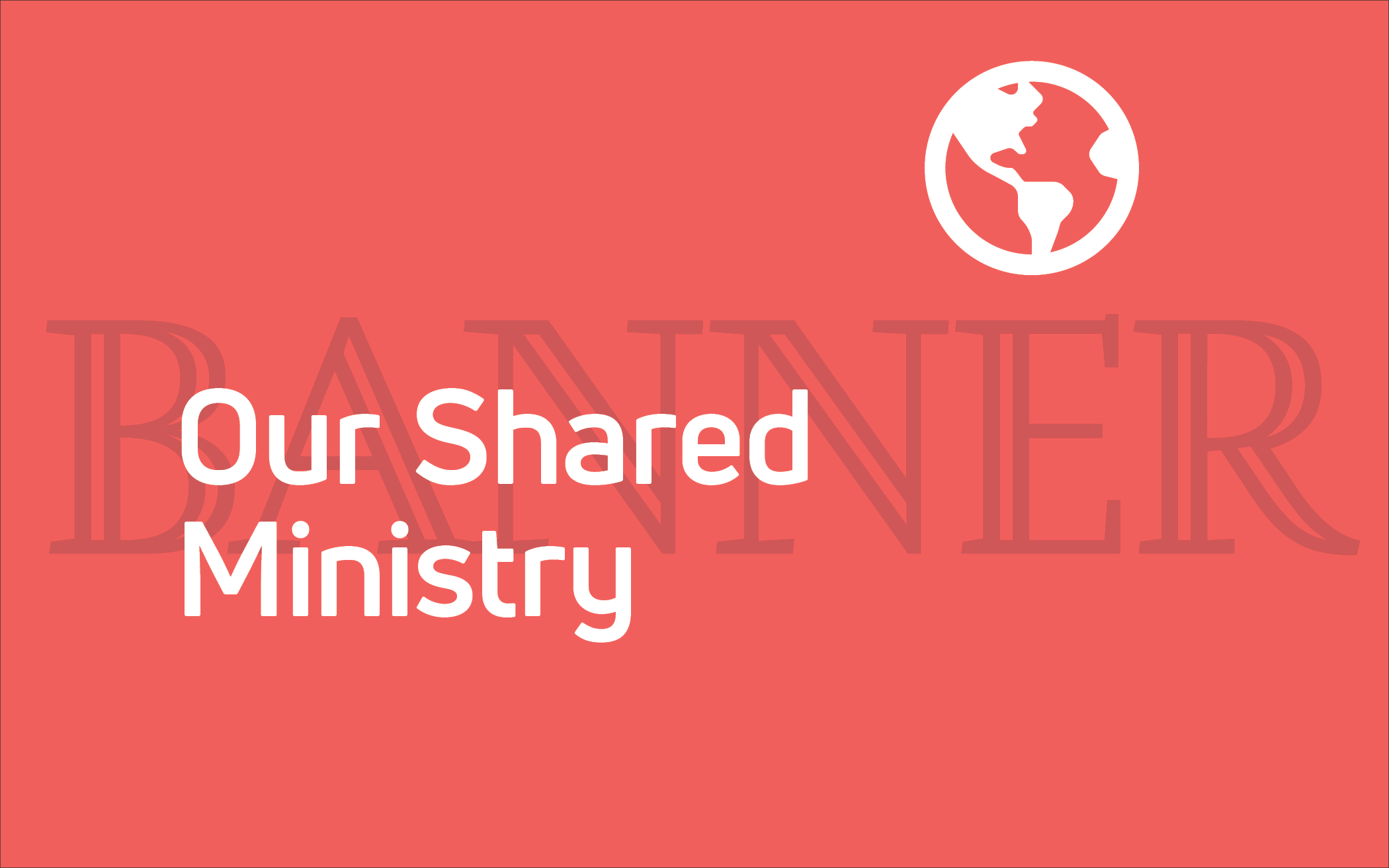When disasters strike, CRWRC must make a decision about how best to respond. That decision depends on a variety of circumstances: the size and scale of the disaster, the size and scale of CRWRC’s resources, and the availability of funding and local partners.
In areas where CRWRC is already working with partners on long-term development projects, these partners often shift their focus to disaster response. CRWRC then works through existing staff and local leaders to carry out its response.
In areas where CRWRC does not have an established presence, it works with other Christian organizations or coalitions to identify local partners. This could result in CRWRC funding the work of another coalition member, or in CRWRC staff and international relief members establishing a presence with a new partner for the duration of the disaster response.
Once CRWRC gets involved, it works with local churches and partners to craft each response to the needs of the situation, keeping in mind the anticipated funding available. This could include the following:
Emergency Aid – Immediately following a disaster, a community may be in need of food, water, blankets, tarps, or other supplies. While some of these needs may be met by the government or international community, CRWRC and its local partners identify remaining needs and distribute supplies to those most vulnerable. In the case of the 2004 tsunami, CRWRC provided 5,300 emergency kits, treated 6,500 people for medical needs, dug 15 wells, and provided temporary shelter for 941 families.
Reconstruction – After immediate needs are met, people begin to think about rebuilding their lives. For CRWRC this means helping families repair or rebuild homes destroyed by a disaster. This stage can take a couple of years to complete. Following the tsunami, CRWRC built 2,004 homes over four years in Sri Lanka and Indonesia.
Rehabilitation – In addition to repairing homes, disaster survivors often need help to rebuild their livelihoods. This could include seed and tools for farmers, boats and nets for fishing families, or loans and materials for small businesses. For the tsunami response, CRWRC’s program included providing income assistance to 11,365 families, restoring electricity to 18 villages, and distributing school uniforms for 2,300 children as well as supplies to their schools.
Food Security – Some areas suffer from drought and hunger every year. CRWRC helps these regions improve their food production and irrigation so that they can better meet their own food needs on a regular basis.
Disaster Preparedness – Some areas are frequently hit by typhoons, earthquakes, floods, or drought. In these regions, CRWRC works with local partners to train people in how to prepare for and respond to natural disasters. In the areas hit by the tsunami, this included reconstructing the homes to be earthquake resistant, developing an early warning system for future earthquakes, and practicing emergency drills.
About the Author
Kristen deRoo VanderBerg was part of the World Renew Communications team from 1999-2016. She now serves as director of Communications & Marketing for the Christian Reformed Church.




